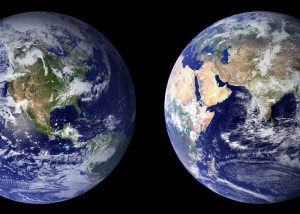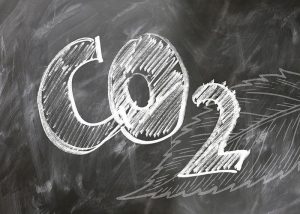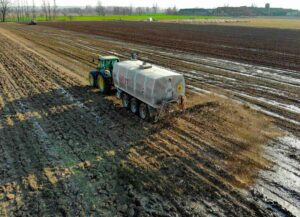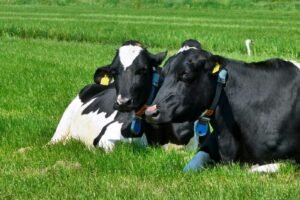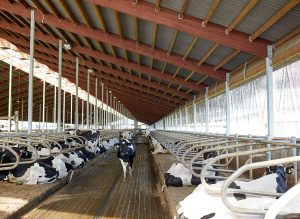Fernando Diaz
Dairy production is the third largest agri-food industry in the U.S. In California, the state that produces the most in the country, milk represents the most valuable agricultural product, since both farm milk production and subsequent processing supports 190,000 jobs and contributes about $21 billion to the gross state’s value.
Over the past 50 years, milk production in California has increased by approximately 500%, thanks to improvements and advances, both in feeding, management, genetics and animal housing conditions, as well as in crop production methods.
This study, published in April 2020 in the Journal of Dairy Science, was conducted to assess the changes in the environmental impact of the California dairy industry between 1964 and 2014. A lifecycle assessment (LCA) was carried out from the origin of the resource until it arrived at the farm. The LCA is an analytical technique used to assess the environmental impact associated with all stages of a product’s life.
The data collected by official agencies (USDA, CDFA) and those obtained from the peer review of the literature related to multiple aspects of milk production, in addition to published reports were used, mainly to obtain data from 1964. These data covered the following:
- Feed production.
- Crop production.
- Emission of methane from ruminal fermentation.
- Farm management, including data on energy use and water requirements of the farm.
- Manure management, estimating methane emissions from storage and manure application to the field.
- Co-products production, since beef is also produced at the same time, the environmental burden must be shared between both products (milk and beef).
The results showed that the production of 1 kg of energy and protein corrected milk (ECM) emitted 1.12-1.16 kg of CO2 equivalents (CO2e) in 2014, compared to 2.11 kg of CO2and emitted in 1964, so a reduction between 45 and 47% is assumed in 50 years.
Although total GHG emissions increased due to the higher volume of milk production, enteric methane per kg of ECM emissions decreased by 54 to 55%, and GHG emissions due to manure decreased by 8.7 to 11.9%. This is mainly because manure storage in California is currently in lagoons with crust, which have a higher methane conversion factor than solid manure storage.
Water use was reduced by 88.1 to 89.9% including a decrease between 88.7 and 90.5% in crop production, by 55.3 and 59.2% in facilities and milking, and between 52.4 and 54% in water consumption (due to improved genetics and animal management). Finally, thanks to the increase in crop yields, the need for cultivated soil also fell by 89. 4 and 89. 7%.
Conclusion
This study concludes that the increase in milk production per cow thanks to genetic improvement and improved animal nutrition and care, has contributed to the reduction of GHG emissions and the reduction of land use and water resources needs, when calculated per unit of production. As production per cow continues to increase efficiency in food conversion will improve with further reductions in environmental impacts.
Reference
Naranjo A, Johnosn A, Rossow H, Kebreab E. 2020. Greenhouse gas, water, and land footprint per unit of production of the California dairy industry over 50 year. J. Dairy Sci. 103:3760–3773
© 2021 Dellait Knowledge Center. All Rights Reserved.



